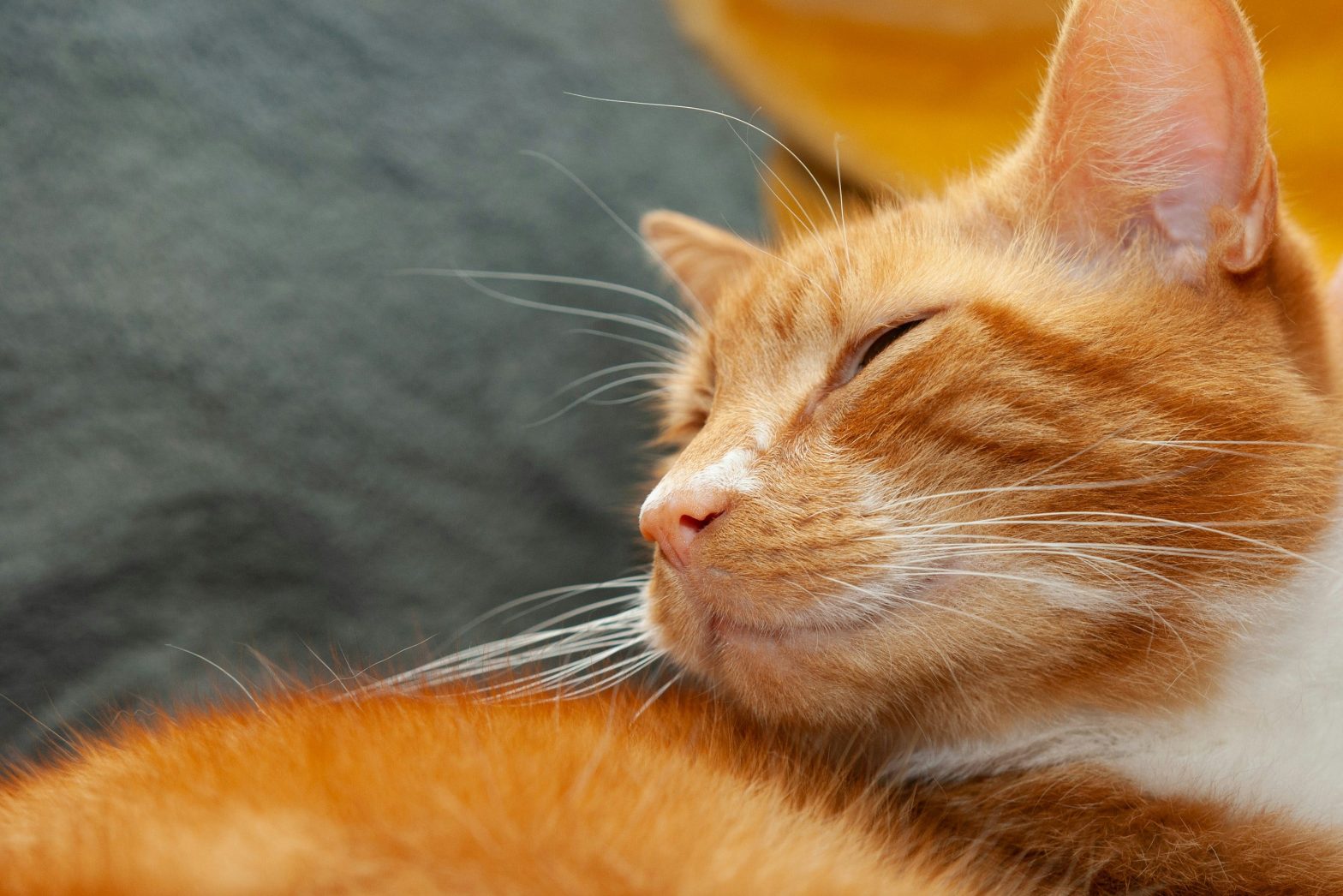Cats are beloved for their comforting presence, and their purr is often associated with contentment and well-being. It’s a common belief that cats purr to promote healing of physical injuries. But is there any scientific basis to this claim?
This article will explore the science behind cat purrs, examining the vibrational frequencies and potential health benefits. We’ll delve into the research (or lack thereof) to determine if a cat’s purr truly possesses healing properties, or if it’s simply a comforting sound with no magical powers.
We will address questions like: What frequency range does a cat’s purr fall into? Is there any peer-reviewed evidence supporting claims of healing through vibration? And why aren’t hospitals using purring cats as therapy if it’s so effective? Let’s separate fact from fiction.
Understanding Cat Purr Frequencies
The idea of “healing through vibrations” has been around for a long time. In the early 20th century, an inventor created a vibrating “Rife machine,” which some claimed could cure various ailments. This concept is often linked to the purported healing effects of a cat’s purr.
Domestic cats have been measured to purr at frequencies between 25–150 Hz. A cat’s purr isn’t just a single frequency; it’s a blend of several different frequencies within that range. Research suggests that purring is largely due to connective tissue in the throat. As a cat breathes, the air in its throat vibrates in a self-sustaining manner.
Earlier theories proposed that cats actively vibrate their throat muscles to purr, but recent findings suggest this is less likely. Other animals, from rats to elephants, can also create deep rumbles through a similar throat-vibrating process.
Now that we understand the frequency of a cat’s purr, let’s examine whether it actually contributes to healing physical wounds or strengthening bones, as commonly claimed.
Benefits for Cats Only?
Bones grow stronger when they are used. When we exercise, the muscles pull on the bones, stimulating bone growth. This is partly due to the vibrational impact of lifting weights. Bone-producing cells, called osteocytes, detect these vibrations and reinforce the bone structure.
Some vibrations also increase blood flow to extremities. This is the basis of the argument that “cat purrs are healing:”
Vibrations = blood flow and bone growth = healing
The idea that a cat’s purr promotes healing appears to stem from a 1994 Chinese study on rabbits, not cats, showing that certain frequencies (25 and 50 Hz) promoted bone regrowth after a fracture. However, it’s unclear what level of vibration was used or for how long.
There aren’t any published studies that have specifically looked at this effect in cats. And even if purring stimulates bone regrowth, it likely benefits the cat more than anyone else. Even if a cat is on your lap, its purrs won’t transmit significant vibrations into your bones.
Vibrational Healing Devices: Fact or Fiction?
Many devices claim to heal ailments through vibrations. Pulsed Electromagnetic Field (PEMF) devices make grand claims, such as restoring a dog’s ability to walk after being exposed to vibrations simulating a cat’s purr.
Whole-body vibrations have been tested in clinical trials with mixed results. They didn’t improve bone growth in stroke victims. They might have improved knee strength, but the results could be due to random chance. The vibrations used in these trials are also far stronger and more focused than what cats produce.
If these vibrations were so effective, cats would always have strong bones, but cats can suffer from osteoporosis. Also, cats generally heal slower from wounds than dogs.
The Relaxation and Mood Boost
A purring cat can promote relaxation and improve mood. The feeling of stroking a small, warm, furry body can be incredibly comforting. One study during the COVID lockdown suggested that pets don’t provide a quantifiable health benefit, but many still find them calming.
We don’t need medical benefits to enjoy things. Cat purring is a nice experience in our lives.
But it likely lacks the “vibrational powers” commonly attributed to it online.
Final Thoughts on the Healing Purr
In conclusion, while a cat’s purr is undoubtedly comforting and may have some minor effects on blood flow, there’s no strong scientific evidence to support the claim that it possesses significant healing properties for humans. The idea of “healing vibrations” is often rooted in pseudoscience and lacks substantial research.
The frequencies produced by a cat’s purr may have some benefits for the cat itself, such as stimulating bone growth or increasing blood flow. However, these effects are unlikely to translate into significant healing benefits for humans. The primary benefits of a cat’s purr are more likely psychological, providing relaxation and a sense of well-being.
So, while cuddling up with a purring cat can be a wonderful experience, it’s important to temper expectations regarding its healing abilities. Enjoy the comfort and companionship, but don’t rely on it as a medical treatment.
